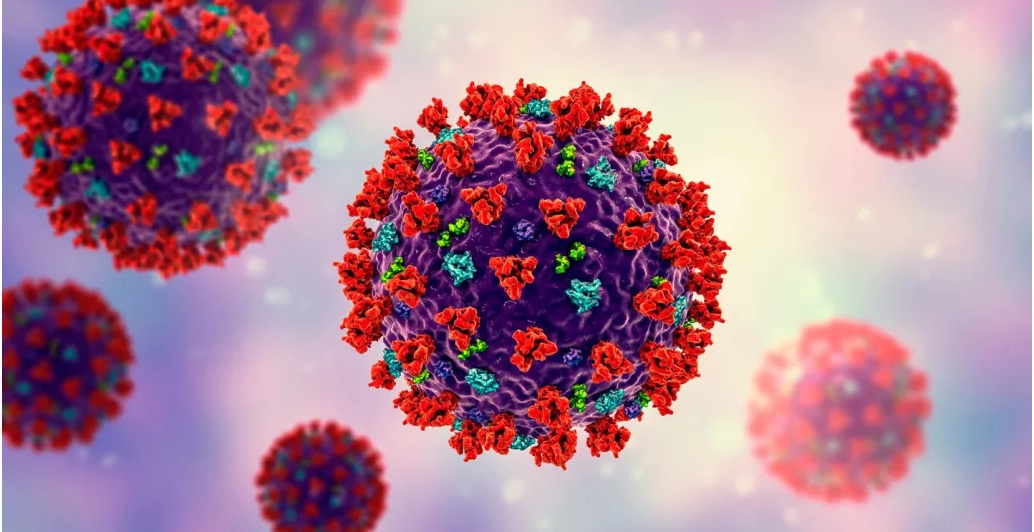
Masks are proven to reduce the risk of Covid-19 transmission and help keep us safe at supermarkets and in between our table and the bathroom at restaurants, but they do need to be handled with specific care to remain effective. COURTESY
Face masks are now a fact of life. But even disposable masks
require a few simple care steps to stay effective.
Every time I leave the house, the refrain – phone, wallet, keys, mask – rattles around my brain while I search my bag for the essentials. Evidence that, despite how strange it felt to wear a mask way back in 2019, when we were worried about bushfire smoke inhalation, face masks have become firmly entrenched in our daily lives. Masks are proven to reduce the risk of Covid-19 transmission and help keep us safe at supermarkets and in between our table and the bathroom at restaurants, but they do need to be handled with specific care to remain effective.
Bag it up
Most of us are quick to remove our masks when we sit down at a cafe, but Raina MacIntyre, a professor of global biosecurity at the University of New South Wales says you should wash or sanitise your hands before you touch your mask, and only handle it by the straps or ear loops. When you’re not using your mask, rather than shoving it in your pocket or leaving it loose in your bag, put it in a ziplock or paper bag. If you have some disinfectant handy, you can give it a light spray before putting it away.
Cloth no longer cuts
it
Although the “no touching” advice applies to both cloth and disposable masks, MacIntyre says that while cloth masks were fine for other variants, they “really do not cut it against Omicron”. This is because the Omicron variant is more transmissible, so a mask that fits and filters well provides much better protection. MacIntyre says it’s best to use P2 or N95 masks, or if these aren’t available, a blue surgical mask. In this video, occupational hygienist Kate Cole explains how to ensure you’re wearing your mask properly.
When to throw a mask
out
According to MacIntyre, there are two factors that determine when a mask should be thrown away. The first is obvious, if a mask is “visibly damp or soiled” throw it out. The other factor is the length of time you’ve worn the mask, which MacIntyre says shouldn’t be more than eight to 10 hours. Although this should be considered “a rough guide”, she says, that can be doubled in the case of “extreme shortages”.
How to dispose of a
mask
It should come as no surprise that disposable face masks are an environmental hazard. According to Dr Mohammad Saberian, a researcher from RMIT University, 6.8bn disposable masks are used across the globe each day. He says since disposable face masks are mainly made of non-biodegradable plastics, they could take 450 years to break down. The good news is, Saberian and his colleagues at RMIT have shown how disposable face masks could be recycled into road-making material. They suggest that once masks have been decontaminated they could be shredded and mixed with building rubble. But Saberian says, “The main hurdle to recycling face masks and waste PPE is the lack of appropriate facilities and equipment in waste recycling facilities.” Face masks in Australia are put in the rubbish bin, collected with household waste and sent to landfill. Saberian says designated bins for face masks or waste PPE should be implemented, at least for busy locations like hospitals, aged care facilities and shopping centres. But MacIntyre says for now, you should make sure you dispose of masks in the rubbish bin: “Please do not litter or leave used masks lying around.”
Caring for cloth
masks
What about all the cloth masks we’ve begrudgingly collected? They are still better than wearing nothing, and need to be machine washed at 60C after each day’s use. That means if you are wearing cloth masks daily, you’ll need to have several on rotation. The founder of Maison Modulare, Chrys Wong, suggests machine washing “on a gentle cycle with like colours and like size articles” then using a tumble dryer, ironing or steaming the mask afterward, to provide further sterilisation. As for straps, “unfortunately, once the strap is detached from the mask itself, it’s very difficult to sew back,” she says. If you’re not handy enough with a needle and thread to unpick and resew new elastic yourself, you should take masks to your local dry cleaner or tailor to have the elastic replaced.












0 Comments